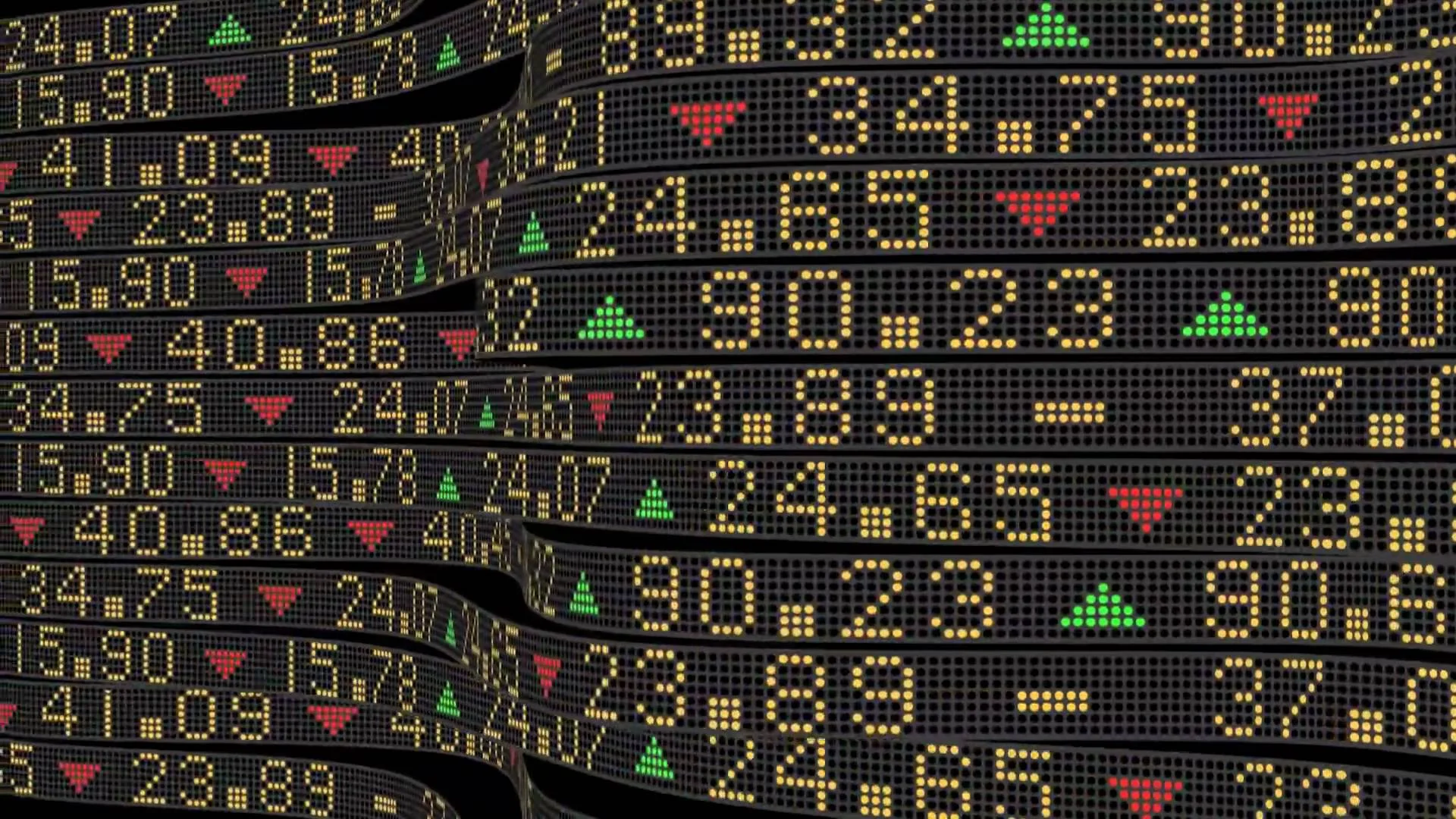Cathie Woods—the founder, CEO, and Chief Investment Officer of Ark Investment LLC—became something of a financial Rockstar in 2020. Her flagship portfolio, the Ark Innovation ETF (ARKK), has returned close to 50% in the last 12 months and has an annualized return of over 25% since its inception in November 2014. Much of this success has been attributed to the explosive growth of stocks in emerging or disruptive industries, affirming Woods’ foresight in key areas of growth and innovation over the last 6 years. These include an emphasis on autonomous vehicles, fintech disruptors like cryptocurrency, space exploration, and the advancement of genomics, all of which Ark has additional ETFs to capitalize on specifically. As you may expect, Ark’s innovation-focused investing strategy can require a great deal of conviction, and with that the resolve to prioritize a long-term outlook over daily price movements of stocks and quarterly results when making decisions. This may sound obvious, but it is a key aspect of markets that investors and company managers alike often struggle with.
All in Finance
Private Equity’s J-Curve and Its Mitigation
Within private equity, a fund’s returns often resemble a J-Curve where there exists a small loss before a continued gain. This image would resemble a “J” when charted. This is especially common for private equity firms that purchase struggling companies and attempt to turn them around. These firms will take on unprofitable businesses, and tag along management fees that keep investor returns low or negative until their investments begin to mature, and the purchased businesses become profitable. This creates a period wherein traditional private equity investment is unprofitable and returns are low, or the dip at the beginning of the “J”. These cash flows depend on the “timing of cash flows, timing of performance, and market performance” (Diller, 20). By pulling these levers one way or another, the J-curve can be manipulated. With research indicating that funds with at least 15% private investment outperform their peers, the benefits of seeking these investments are clear. But how can we reduce the time in which these investments underperform?
ESG: The Future of Investing
As society moves towards more sustainable measures and public consciousness increases, ESG components will become more prevalent and a determinant in investing. Pivotal investment companies, such as Morgan Stanley, are already prioritizing ESG in their strategies and integrating monetized measurements to provide a competitive advantage. Currently, ESG proceedings are primarily symbolic over substantive. Many ESG topics will not have prompt impact but over time, companies can reap the benefits from the longevity of their ESG investments (Insights, 2020). However, as research and technology prevail and society looks forward, tangible initiatives will transpire and ESG investing will promise a future edge for progressive investors.
ESG: The Future of Investing
As society moves towards more sustainable measures and public consciousness increases, ESG components will become more prevalent and a determinant in investing. Pivotal investment companies, such as Morgan Stanley, are already prioritizing ESG in their strategies and integrating monetized measurements to provide a competitive advantage. Currently, ESG proceedings are primarily symbolic over substantive. Many ESG topics will not have prompt impact but over time, companies can reap the benefits from the longevity of their ESG investments (Insights, 2020). However, as research and technology prevail and society looks forward, tangible initiatives will transpire and ESG investing will promise a future edge for progressive investors.
Is This As Good As It Is Going To Get?
As the year 2020 will live in infamy for the negative health implications it brought to the globe, 2020 will also be remembered for the most contradicting state of global capital markets which investors have ever seen. As 2021 begins, the S&P 500 Index hit an all-time high of 3,870.90 on January 26th, while the ensuing coronavirus has been exponentially increasing in cases per day (Yahoo Finance, 2021). Reactions from investors have been contradictory as they have been put into a dilemma on the basis of fundamental analysis, ethics, and capital allocation.
Tesla’s Inclusion in the S&P 500
In early September 2020, Tesla fell short of what was thought by many to be a done deal: inclusion into the S&P 500 Index. This Index is supposed to reflect the total investable market culture. A reflection on whether or not the market is healthy. Inclusion would help Tesla’s stock boost since investors can see that it is one of the most valuable companies on the market. This index did not include Tesla, the largest automotive maker by market capitalization. Also, by market capital, Tesla is the eighth largest publicly traded company on the market (Elmerraji, 2020), beating companies such as Johnson & Johnson and Proctor & Gamble (Randewich, 2020). Both of which have been included in the S&P 500 for many years.
All Eyes on the Middleman
The race to produce a vaccine for COVID-19 is coming to a close finish as drugmakers await FDA approval for their vaccines and distributors await massive shipments to issue across the globe. McKesson is a “global leader in healthcare supply chain management solutions” and is currently under contract with the United States government for $568 billion to produce supply kits with needles, syringes, and personal protective equipment for business related to the COVID-19 pandemic (LaVito, 2020). Traditionally, McKesson partners with healthcare organizations to match their products and services to the right customers in a timely, safe, and cost effective manner (McKesson, 2020). The healthcare company was also chosen as the central distributor by the Centers for Disease Control (CDC) to supply the government’s Operation Warp Speed (OWS), which is an accelerated vaccine process designed by the government this year. This unprecedented task at slating the completion timeline for the vaccine process to 14 months as opposed to the typical 73 months will come at a great challenge (Figure 1, defense.gov). We are at a critical point in the process with Phase III clinical trials in the rearview. With the spotlight on McKesson, we will look to them for updates on the vaccine distribution process in the coming weeks, but for now, let us dive into what that might look like.
Fixed Foreign Exchange Rate Regime
There are two major types of foreign exchange regimes: fixed exchange rate policy and floating. As its literal meaning on appearance, a fixed exchange rate is a regime in which a country’s currency exchange rate is tied to the currency of another country or the price of gold. A floating exchange rate policy, instead, gives the currency a much wider range to float without predominant regulatory control. The price of a particular currency in this scenario is almost purely driven by the relative supply and demand of the currency in the foreign exchange market. We will define the exchange rate in our discussion as the rate at which a domestic currency can be converted to one unit of U.S. Dollar, the value of which is assumed unchanged, we will now proceed with our discussion of the fixed-rate system.









